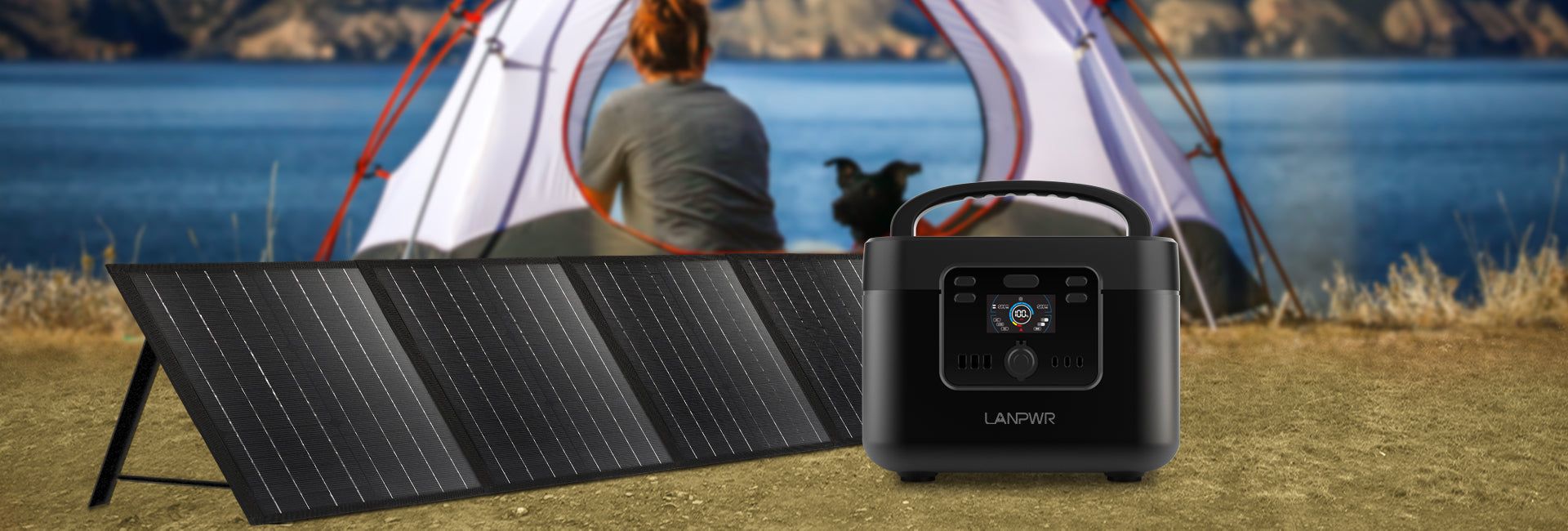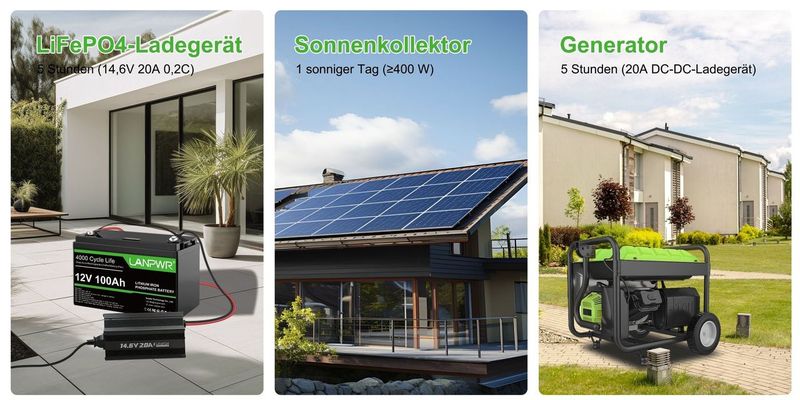Portable power stations are versatile devices designed to deliver electricity on the go and are often handy in emergencies, outdoor activities, and remote work locations. But to maximize its potential and ensure optimal performance and longevity for these portable units, understanding their various charging methods effectively is a necessity. In this guide, we explore these charging methods alongside their benefits or drawbacks along with best practices so as not to compromise their optimal performance or longevity.
1. Recharging Via AC Wall Outlet Process
Connect the power station to any standard wall outlet using its AC adapter and charge using standard wall outlets as specified in its manual. Charging times may differ significantly based on both the capacity of the power station and the output of wall outlets, as well as benefits that accrue as time goes on.
Fast Charging: Recharging via AC outlets typically provides faster charging than any other methods, while being easy and widely accessible both inside homes and offices.
Convenience: An AC outlet makes for simple use when charging devices in homes or offices alike.
Negative Features
Dependency on Grid Power In the event of a power outage, this method becomes unusable.
Potential Overheating: Extended charging can cause devices to overheat, necessitating proper ventilation for proper functioning.
Asbest Practices: It is wise to place the power station in an airy space while charging, to reduce potential overcharging. Once full capacity has been reached unplug the device before you continue charging and avoid overcharging by unplugging once full capacity has been attained.
- Recharging via Solar Panels
This procedure offers another means of recharge with renewable resources like the sun.
Connect compatible solar panels to the input port of a power station for optimal use of renewable solar power sources like sun power. Once in direct sunlight, position them for maximum efficiency.  Renewable Energy Source: Utilizing free and eco-friendly power.
Renewable Energy Source: Utilizing free and eco-friendly power.
Portability: Portable solar panels make them suitable for outdoor activities where access to grid power may be limited, making charging times variable depending on weather and sun intensity conditions, with initial costs associated with high-grade panels potentially becoming expensive over time.
Best Practices for solar panel usage
Use solar panels tailored specifically for your power station model. Clean them regularly to maximize sunlight absorption. Arrange them at an appropriate angle to capture more sun throughout the day.
3. Charging with Car Adapters Its Process
Use a 12V car adapter to connect the power station to your vehicle's cigarette lighter or 12V DC outlet and begin charging as soon as the engine has started.
Beneficial: On-The-Go Charging: Perfect for quickly charging up while on the move.
Versatility: Ideal in remote locations where other power sources are unavailable.
Drawbacks: Slower charging timeframe compared to AC wall outlet charge times
Vehicle Dependency Upon Continuous Run Time (RDIT), Requiring you to run the vehicle that consumes fuel and produces emissions;
Best Practices (BPs).
Assure your car engine is running to avoid draining its battery. Utilize an electrical station as needed to monitor for overcharging and potential overheating issues.
4. USB-C PD (Power Delivery) Charging Process
Connect your power station to a USB-C PD charger using an appropriate cable, the charging speed being dependent upon its output power.
Additional benefits: To be precise: many modern devices now support this standard making USB-C PD a convenient option.
Portability: USB-C chargers are compact and convenient, making them easier than AC wall outlets to transport with. Charging Speed may take slightly longer compared to AC outlets when charging with lower-wattage chargers.
Compatibility: Not all power stations support USB-C PD charging systems.
Best Practices for charging
Make use of a high-wattage USB-C PD charger to maximize charging speed, and be certain your USB-C cable has sufficient quality to safely handle its power load.
Final Word,
Recharging a portable power station is straightforward, with multiple charging methods suitable depending on your specific needs and circumstances. AC wall outlets offer speed and convenience; solar panels offer sustainability; car adapters allow on-the-go charging; USB-C PD chargers provide versatility; by understanding these benefits and limitations of each charging method you can ensure your portable power station remains ready whenever and wherever it may be required.














Leave a comment
This site is protected by hCaptcha and the hCaptcha Privacy Policy and Terms of Service apply.